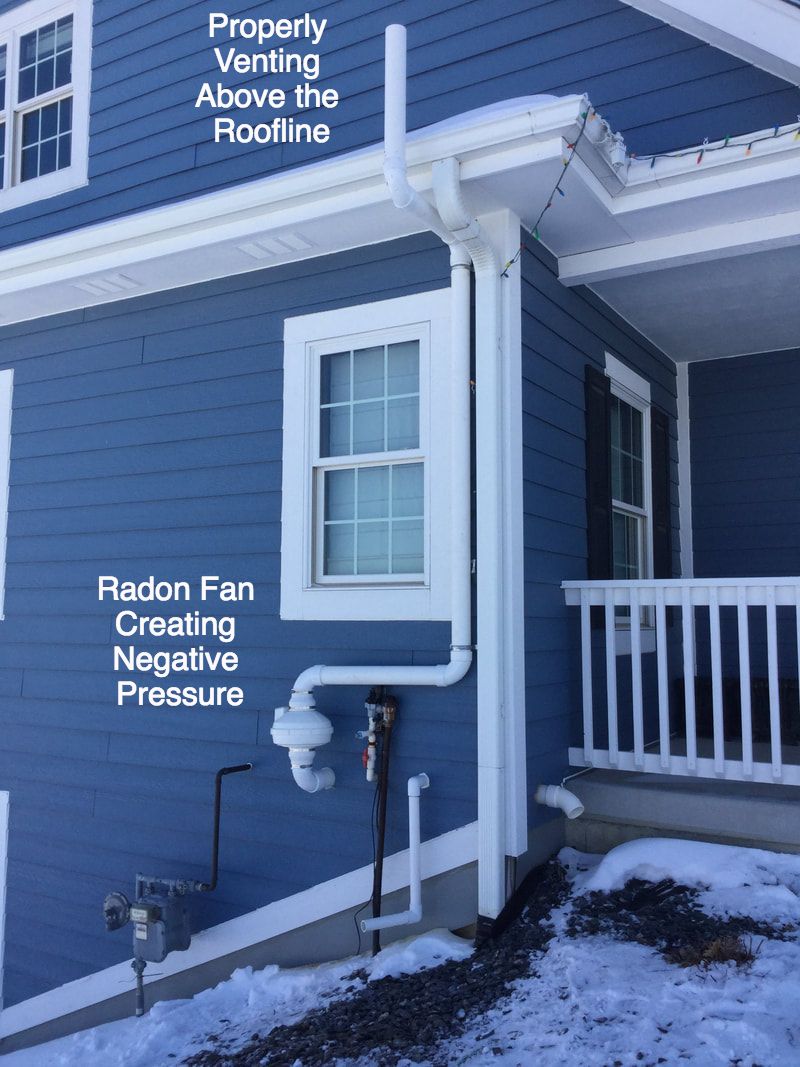What is radon gas? Is it harmful?
Is radon really bad for you?

Breathing radon over time increases your risk of lung cancer. Radon is the second leading cause of lung cancer in the United States. Nationally, the EPA estimates that about 21,000 people die each year from radon-related lung cancer. Only smoking causes more lung cancer deaths.
Interior radon can be minimized by securing basement structures, water drain, or by sub-slab, or sub-membrane depressurization. In most cases, mitigators can utilize PVC piping and specialized radon suction followers to exhaust sub-slab, or sub-membrane radon and also other dirt gases to the outside environment. The majority of these remedies for radon reduction call for upkeep, as well as it is essential to continuously replace any fans or filters as required to continue proper performance. A radon level of 4.0 pCi/L is still a health threat, which is why it's important to have specialist radon mitigation. Expert reduction can frequently reduce radon degrees to 0.4 pCi/L.
Radon airborne is thought about to be a bigger health threat than radon in residential water so the US Epa suggestion is to not check for radon in water unless a radon in air test is above the activity degree. However, some US states, such as Maine where radon levels are more than the national average, suggest all well water must be checked for radon. The US federal government has not establish an action level for radon in water.
Is radon mitigation really necessary?
When radon gas enters the body, it exposes the lungs to small amounts of radiation. In small quantities, experts say this is harmless. However, in persistent exposures or larger quantities, radon can damage the cells of the lining of the lungs, increasing a person's chance of developing lung cancer.
It's difficult to get to an absolutely no percent risk in locations where radon is common, but decreasing the gas degree as high as is feasible is worth the initiative. Cigarette smoking stays the number one cause of lung cancer in the US. Nonetheless, radon is usually the 2nd biggest factor to the disease in any type of given year. You can raise your risk for lung cancer cells 9 times over when you incorporate a smoking routine with a house that has hazardous radon levels. Recognizing just what is radon screening isn't just important if you're a cigarette smoker or there's a smoker in your home, however it's important for everyone.
- Your threat of lung cancer cells boosts considerably with direct exposure to higher radon levels.
- Lung cancer cells risk increases 16% per 2.7 pCi/L increase in radon exposure.
- Radon gas is a naturally-occurring result of the radioactive decay of Uranium in the dirt.
- Depending upon your geographic location, the radon levels of the air you breathe outside of your home may be as high as 0.75 pCi/L.
- The nationwide average of outdoors radon degrees is 0.4 pCi/L and also it is estimated by the National Academy of Sciences that outside radon degrees create about 800 of the 21,000 radon caused lung cancer fatalities in the United States annually.
- The United States EPA has put it clearly, specifying, "Any radon exposure has some risk of creating lung cancer cells.
The nationwide average of outside radon degrees is 0.4 pCi/L and it is approximated by the National Academy of Sciences that outside radon levels cause around 800 of the 21,000 radon induced lung cancer deaths in the United States each year. Your risk of lung cancer raises substantially with exposure to greater radon degrees. Lung cancer cells threat climbs 16% per 2.7 pCi/L boost in radon exposure. Globe Wellness Company, 2009 research studies reveal that radon is the primary cause of lung cancer cells among people that have never ever smoked.
What are the symptoms of radon in your home?
If a person has been exposed to radon, 75 percent of the radon progeny in lungs will become "harmless" lead particles after 44 years. When an alpha particle damages a cell to make it cancerous, the onset of lung cancer takes a minimum of 5 years but most often 15 to 25 years, and even longer.
The health hazard from radon does not come largely from radon itself, yet instead from the contaminated items formed in the decay of radon. The basic results of radon to the human body are caused by its radioactivity and also following risk of radiation-induced cancer cells. Lung cancer cells is the only observed http://emilianoiipw103.bravesites.com/entries/general/learn-more-about-radon effect of high concentration radon direct exposures; both animal as well as human research studies suggest that the lung as well as respiratory system are the main targets of radon daughter-induced toxicity. Inevitably, they found that the chance of creating lung cancer fell below one (the no result level) at radon exposure within the variety of 0-4 picoCuries per liter, according to Scientific research Daily.
How long does it take for radon to cause cancer?
Fact: You will reduce your risk of lung cancer when you reduce radon levels, even if you've lived with an elevated radon level for a long time. Keep in mind that radon levels below 4 pCi/L still pose some risk and that radon levels can be reduced to 2 pCi/L or below in most homes.